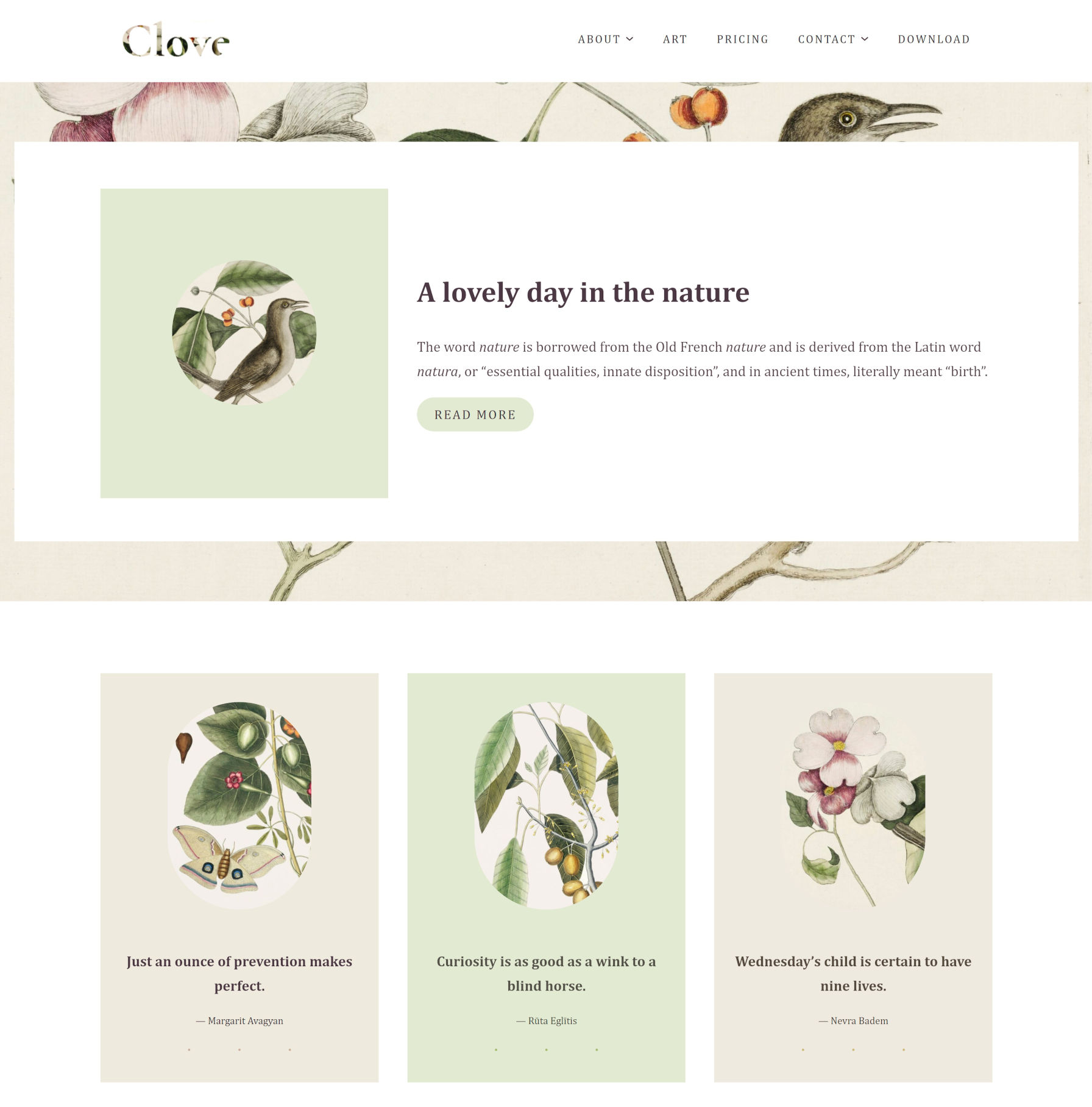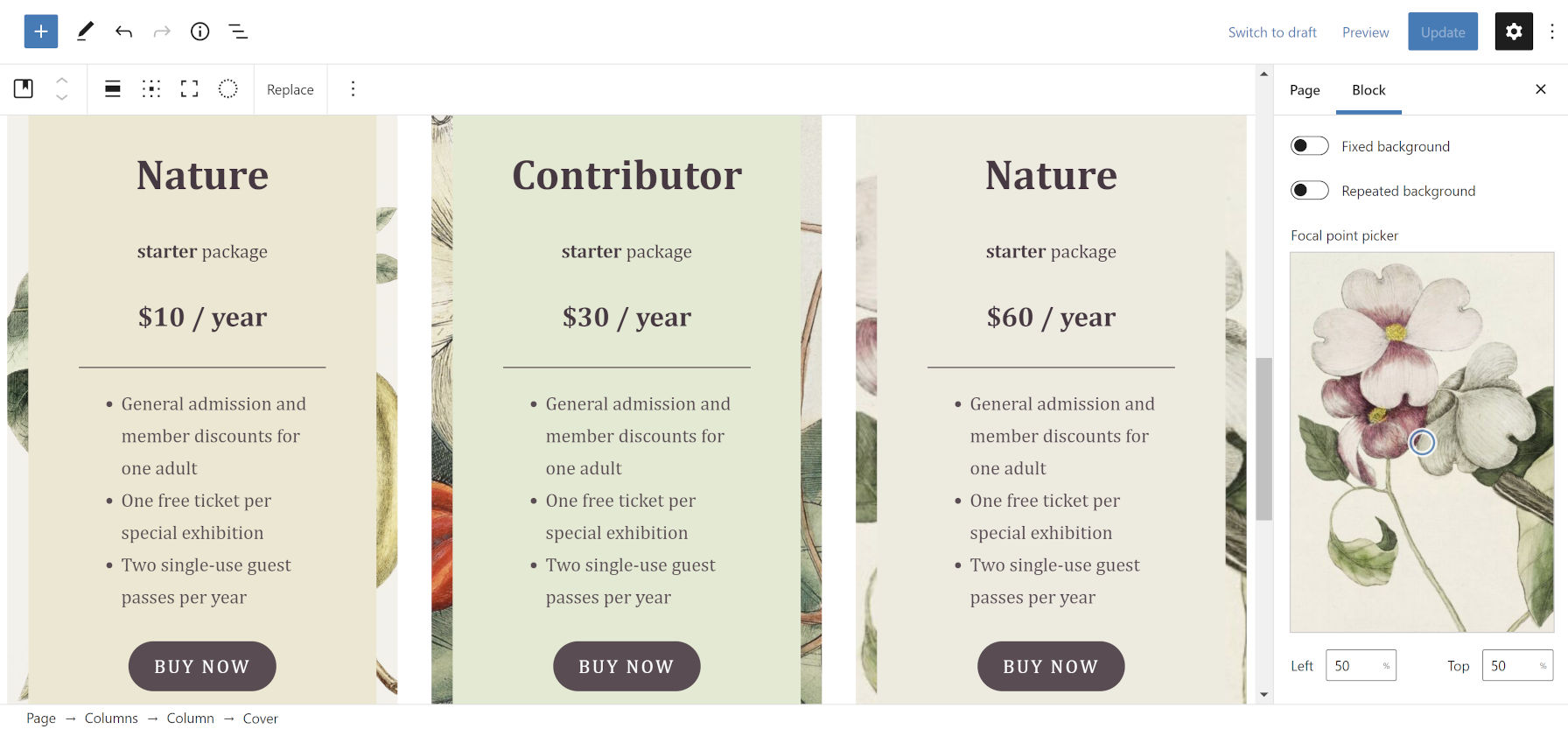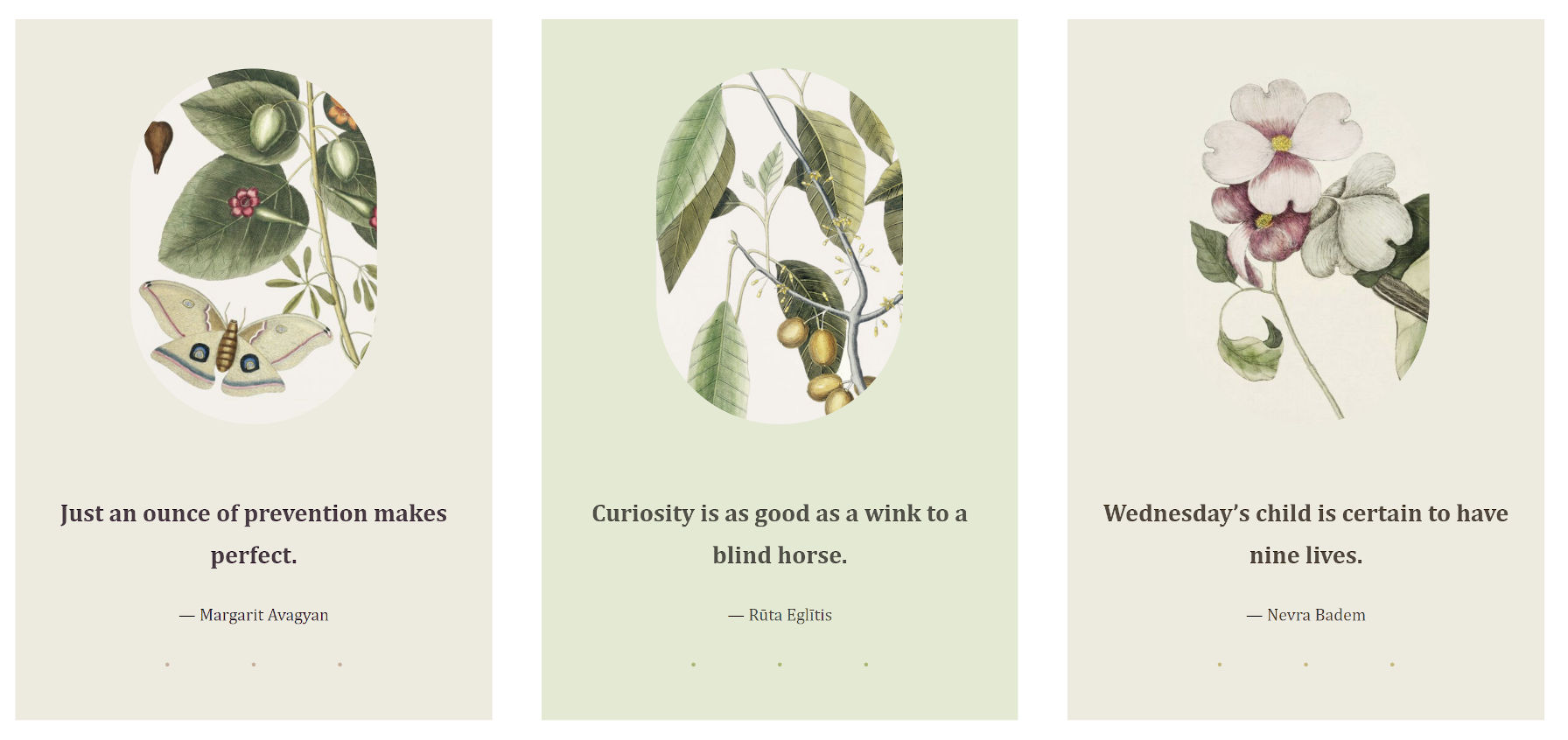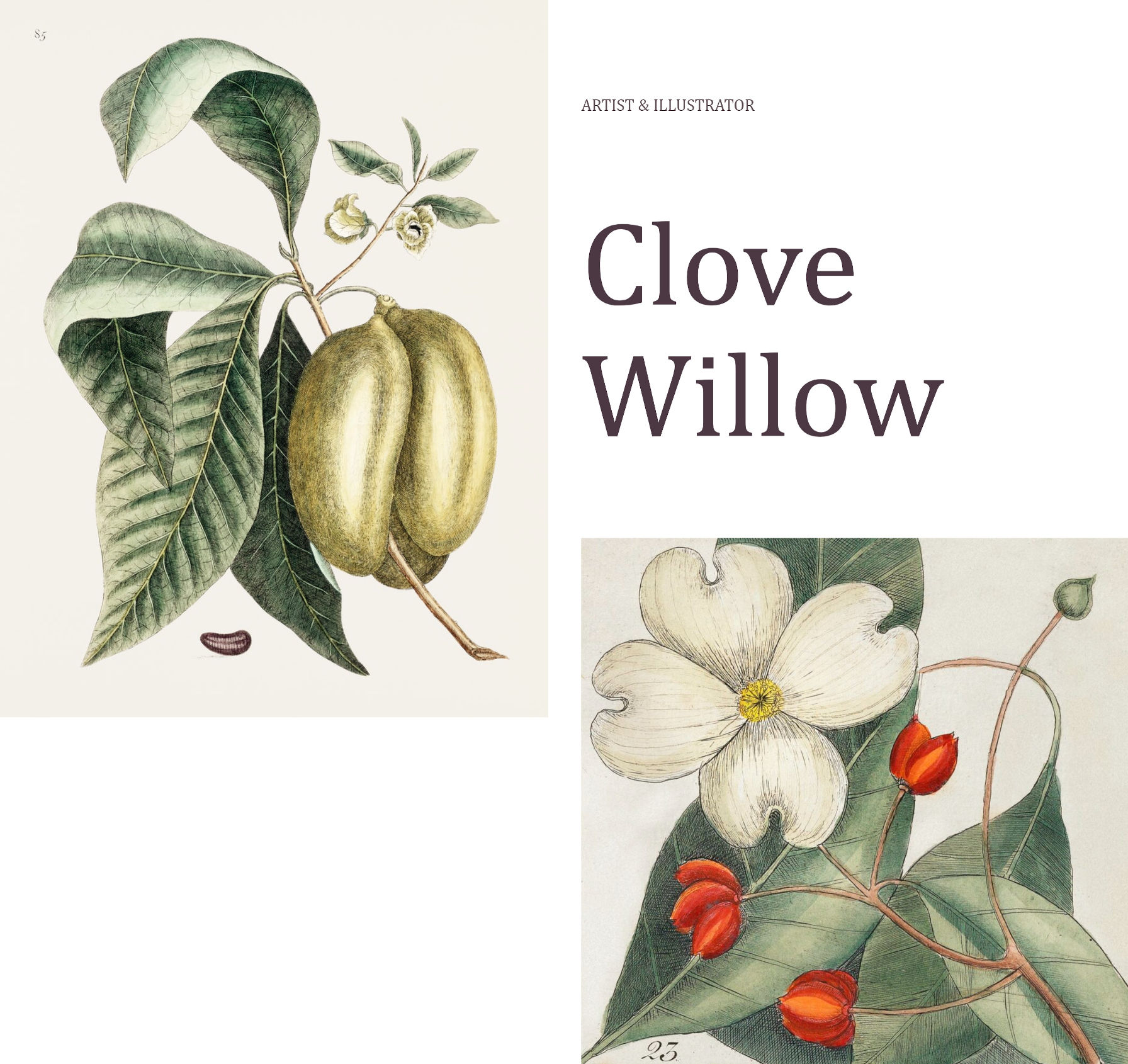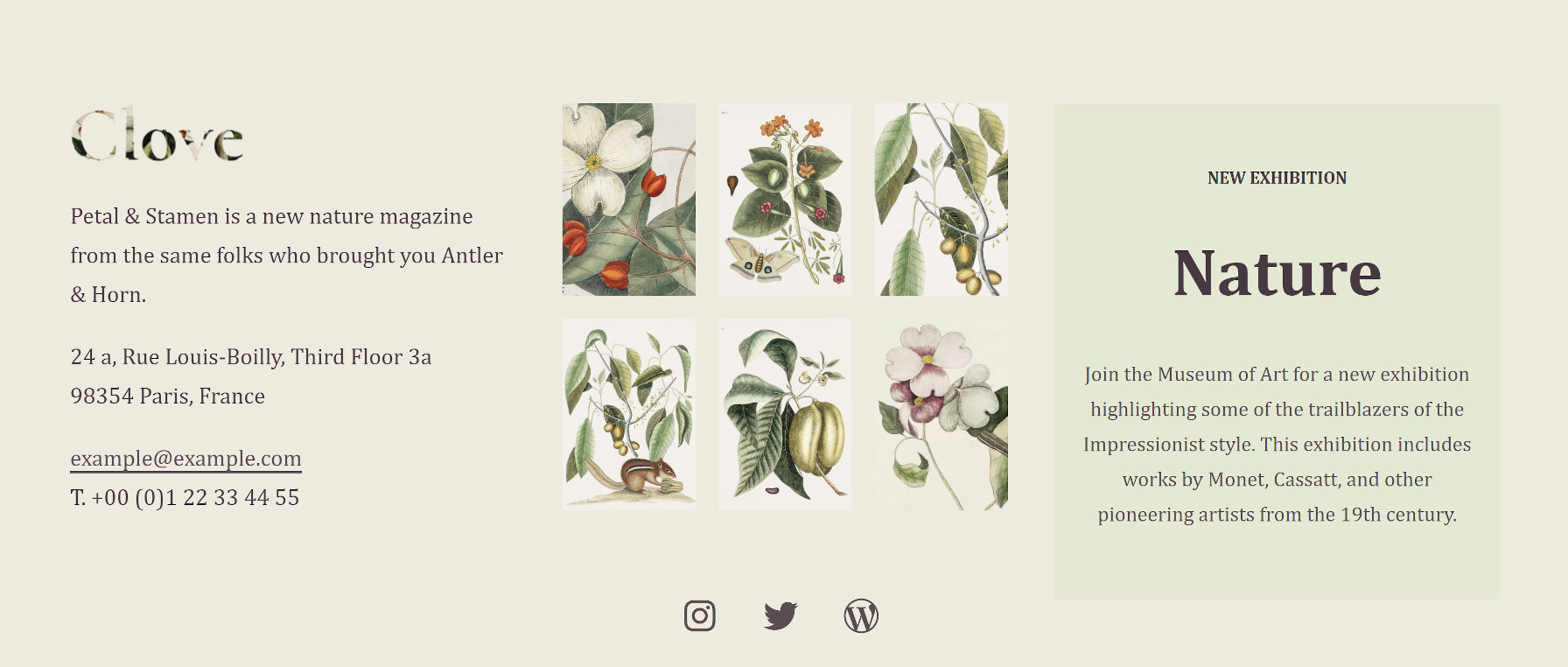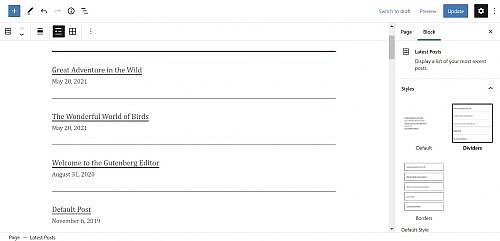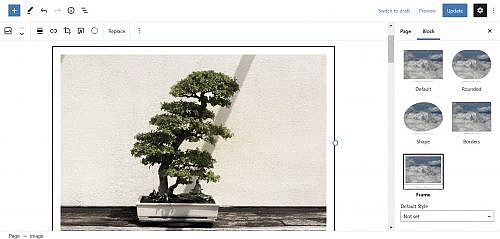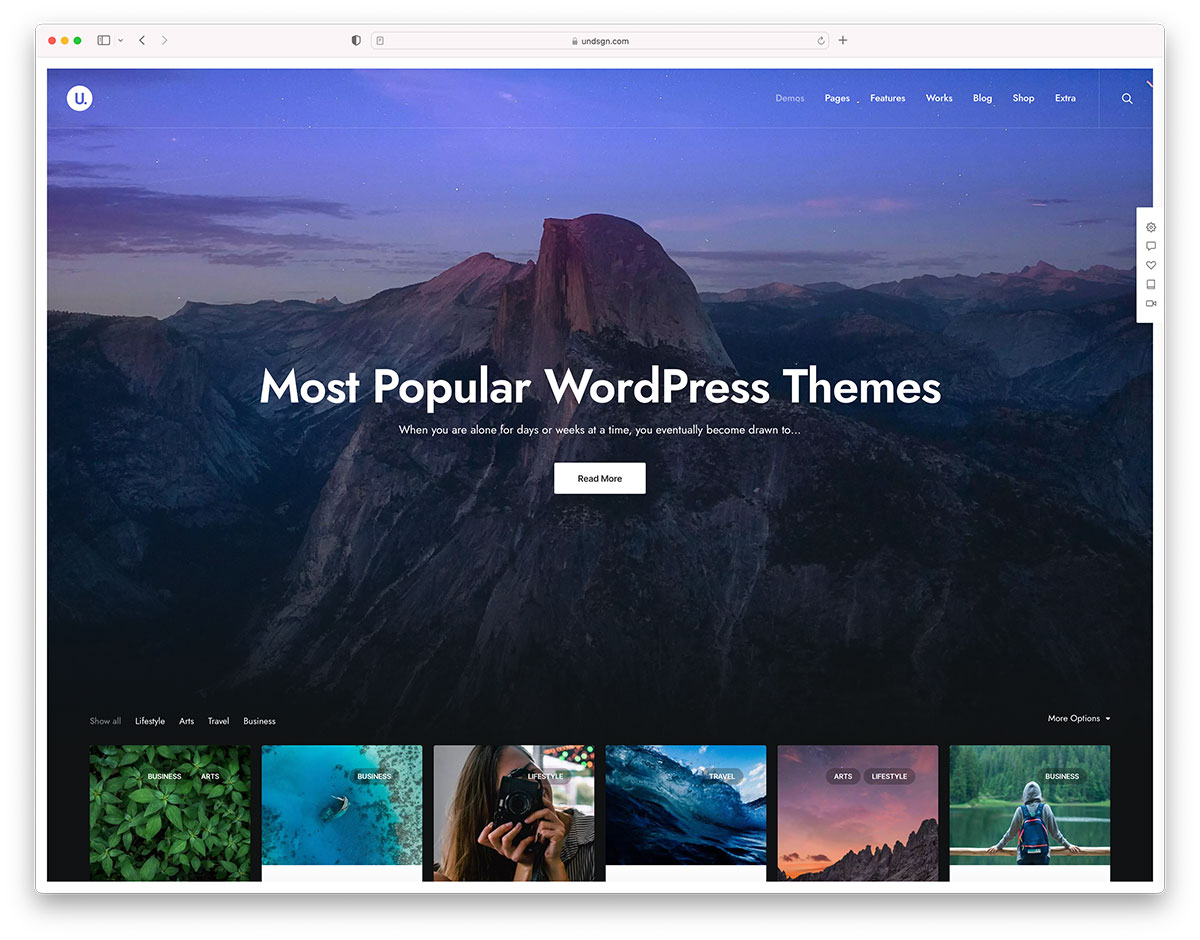The CSS image-set() function has been supported in Chromium-based browsers since 2012 and in Safari since version 6. Support recently landed in Firefox 88. Let’s dive in and see what we can and can’t do today with image-set().
Multiple resolutions of the same image
Here’s what the CSS spec has to say about image-set():
Delivering the most appropriate image resolution for a user’s device can be a difficult task. Ideally, images should be in the same resolution as the device they’re being viewed in, which can vary between users. However, other factors can factor into the decision of which image to send; for example, if the user is on a slow mobile connection, they may prefer to receive lower-res images rather than waiting for a large proper-res image to load.
It’s basically a CSS background equivalent to the HTML srcset attribute for img tags. By using image-set we can provide multiple resolutions of an image and trust the browser to make the best decision about which one to use. This can be used to specify a value for three different CSS properties: content, cursor, and most useful of all, background-image.
.hero {
background-image: image-set("platypus.png" 1x, "platypus-2x.png" 2x);
}
1x is used to identify the low-res image, while 2x is used to define the high-res image. x is an alias of dppx, which stands for dots per pixel unit.
Chrome/Edge/Opera/Samsung Internet currently require a -webkit- prefix. If you’re using Autoprefixer, this will be handled automatically. Safari no longer requires the prefix but uses an older syntax that requires a url() function to specify the image path. We could also include a regular old background-image: url() to support any browsers that don’t support image-set.
.hero {
/* Fallback */
background-image: url("platypus.png");
/* Chrome/Edge/Opera/Samsung, Safari will fallback to this as well */
background-image: -webkit-image-set(url("platypus.png") 1x, url("platypus-2x.png") 2x);
/* Standard use */
background-image: image-set("platypus.png" 1x, "platypus-2x.png" 2x);
}
Now users on expensive fancy devices will see a super sharp image. Performance will be improved for users on slow connections or with cheaper screens as their browser will automatically request the lower-res image. If you wanted to be sure that the high-res image was used on high-res devices, even on slow connections, you could make use of the min-resolution media query instead of image-set. For more on serving sharp images to high density screens, check out Jake Archibald’s recent post over on his blog.
That’s pretty cool, but what I really want is to be able to adopt the latest image formats in CSS while still catering for older browsers…
Safari 14 shipped support for WebP. It was the final modern browser to do so which means the image format is now supported everywhere (except Internet Explorer). WebP is useful in that it can make images that are often smaller than (but of the same quality as) JPG, PNG, or GIF.
There’s also a whole bunch of even newer image formats cropping up. AVIF images are shockingly tiny. Chrome, Opera and Samsung Internet have already shipped support for AVIF. It’s already in Firefox behind a flag. This image format isn’t supported by many design tools yet but you can convert images to AVIF using the Squoosh app built by the Chrome team at Google. WebP 2, HEIF and JPEG XL might also make it into browsers eventually. This is all rather exciting, but we want browsers that don’t support these newer formats to get some images. Fortunately image-set() has a syntax for that.
Browser support note: The feature of image-set that I’m about to talk about currently has pretty terrible browser support. Currently it’s only supported in Firefox 89.
HTML has supported the <picture> element for years now.
<picture>
<source srcset="./kitten.avif" type="image/avif">
<img src="./kitten.jpg" alt="a small kitten">
</picture>
image-set provides the CSS equivalent, allowing for the use of next-gen image formats by specifying the image’s MIME type:
.div1 {
background-image: image-set(
"kitten.avif" type("image/avif"),
"kitten.jpg" type("image/jpeg")
);
}
The next-gen image goes first while the fallback image for older browsers goes second. Only one image will be downloaded. If the browser doesn’t support AVIF it will ignore it and only download the second image you specify. If AVIF is supported, the fallback image is ignored.
In the above example we used an AVIF image and provided a JPEG as a fallback, but the fallback could be any widely supported image format. Here’s an example using a PNG.
.div2 {
background-image: image-set(
"puppy.webp" type("image/webp"),
"puppy.png" type("image/png")
);
}
In Chromium and Safari, specifying the type is not supported yet. That means you can use image-set today only to specify different resolutions of widely-supported image formats but not to add backwards-compatibility when using WebP or AVIF in those browsers. It should be possible to provide both multiple resolutions and multiple image formats, if you are so inclined:
.div2 {
background-image: image-set(
"puppy.webp" type("image/webp") 1x,
"puppy2x.webp" type("image/webp") 2x,
"puppy.png" type("image/png") 1x,
"puppy2x.png" type("image/png") 2x
);
}
Hopefully browser support will improve soon.
Using <picture> for backgrounds instead
Maybe you don’t need background-image at all. If you want to use modern image formats, you might be able to use the <picture> element, which has better browser support. If you set the image to position: absolute it’s easy to display other elements on top of it.
As an alternative approach to using position: absolute, CSS grid is another easy way to overlap HTML elements.
The post Using Performant Next-Gen Images in CSS with image-set appeared first on CSS-Tricks. You can support CSS-Tricks by being an MVP Supporter.










